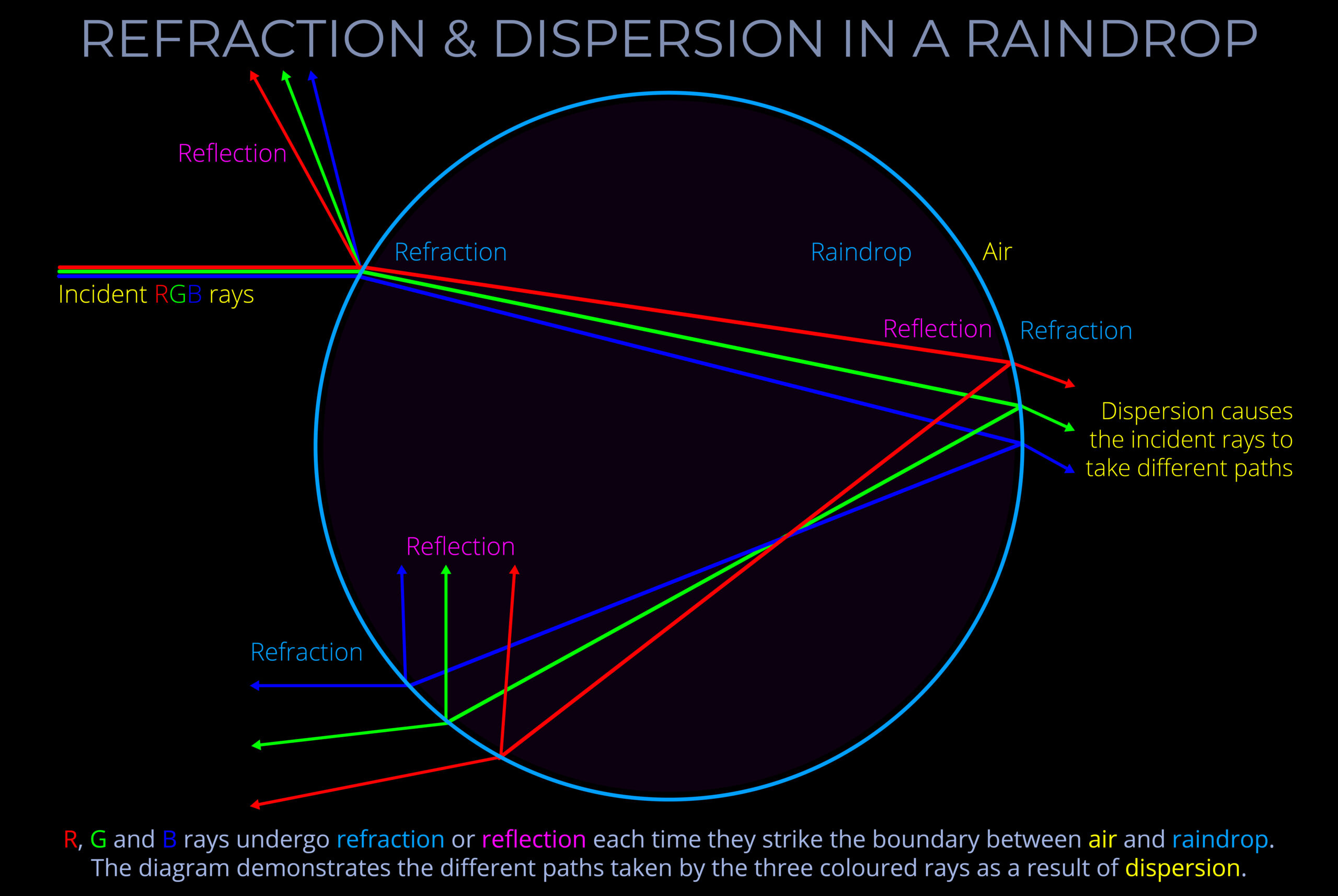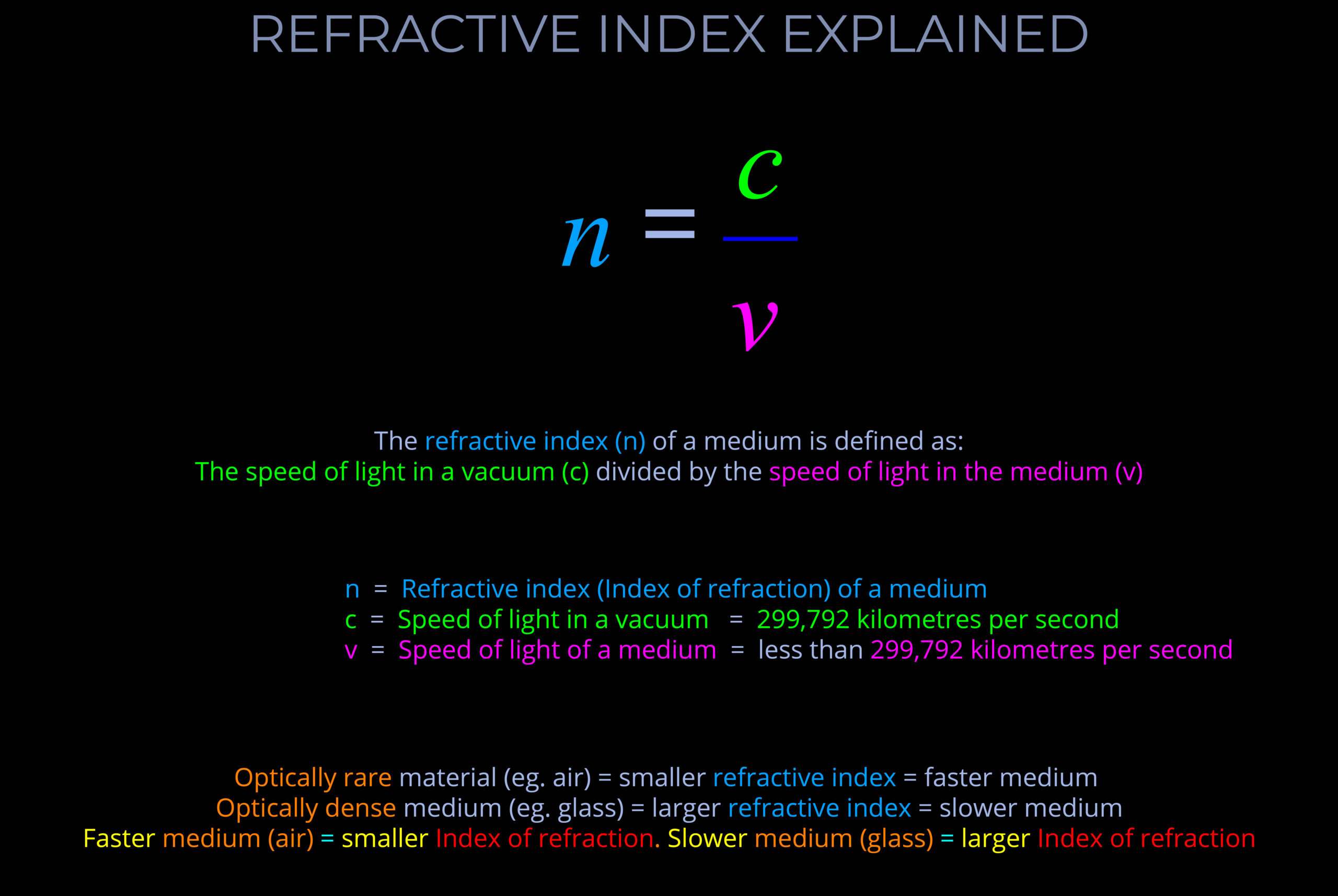Crown glass is a type of optical glass that does not contain lead or iron. It is used in the manufacture of lenses and other tools and equipment concerned with the visible part of the electromagnetic spectrum.
- Crown glass is produced from a mixture of sand, soda ash, and lime.
- The sand provides the silica, which is the main component of glass.
- The soda ash provides the sodium oxide, which lowers the melting point of the glass.
- The lime provides the calcium oxide, which strengthens the glass.
- The potassium oxide is added to give the glass its characteristic optical properties.
- Crown glass has a relatively low refractive index, which means that it bends light less than other types of glass. This makes it ideal for lenses that need to transmit a lot of light, such as camera lenses and microscope lenses.
- Crown glass also has low dispersion, which means that it bends different colours of light by the same amount. This makes it ideal for lenses that need to produce sharp images, such as telescope lenses and binoculars.
- The term crown glass is sometimes used to refer to other optical glasses with similar properties, such as flint glass and borosilicate glass.
- Flint glass has a higher refractive index and produces more dispersion than crown glass.
- Borosilicate glass has a low coefficient of thermal expansion, which makes it resistant to shattering when it is heated.
- Crown glass is a type of optical glass that does not contain lead or iron. It is used in the manufacture of lenses and other tools and equipment concerned with the visible part of the electromagnetic spectrum.
- Crown glass is produced from a mixture of sand, soda ash, and lime.
- The sand provides the silica, which is the main component of glass.
- The soda ash provides sodium oxide, which lowers the melting point of the glass.
- The lime provides calcium oxide, which strengthens the glass.
- The potassium oxide is added to give the glass its characteristic optical properties.
- Crown glass has a relatively low refractive index, which means that it bends light less than other types of glass. This makes it ideal for lenses that need to transmit a lot of light, such as camera lenses and microscope lenses.
- Crown glass also has low dispersion, which means that it bends different colours of light by the same amount. This makes it ideal for lenses that need to produce sharp images, such as telescope lenses and binoculars.


